Measuring what your marketing is doing is so important
When running a business time is vital. You are busy making sales, coordinating projects and overseeing staff. That’s why when something has worked in the past we think ‘Yep we can do that again this year.’ That previous newspaper ad brought in new customers, those same product images are working on the website and that video still tells our story.
But what has worked in the past may not work now. We need to know that our current marketing strategy is connecting to the customers we want now, is being seen by new markets and is telling our branding story.
How do we know if it’s working?
Measure. By measuring how many customers are seeing our products we know if its working. Are we getting less phone calls than this time last year? Are we getting less traffic on the website this month? Do we have less foot traffic coming into the store?
When you track your marketing and correlate that to sales numbers, inquiries and engagement we can see what is working and what isn’t. Maybe people want to read about your business online now and not in the Newspaper. Maybe people want to come into your store instead of calling you.
The more you can measure, the more information you have and the more informed decisions you can make. And that means your marketing budget is doing exactly what you want it to do.




